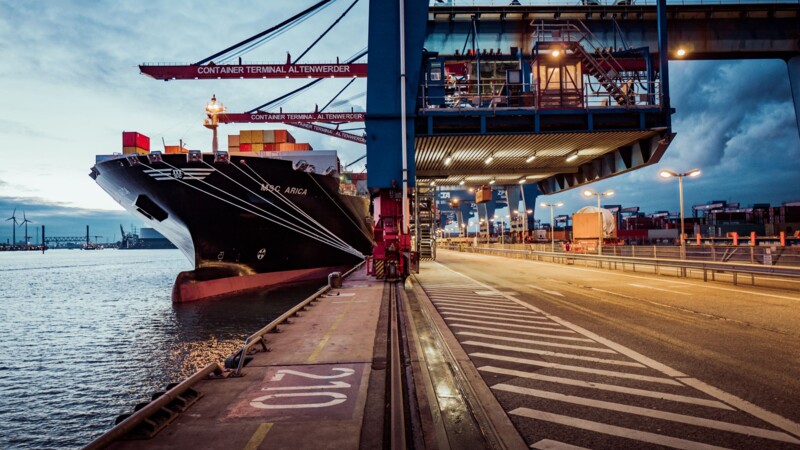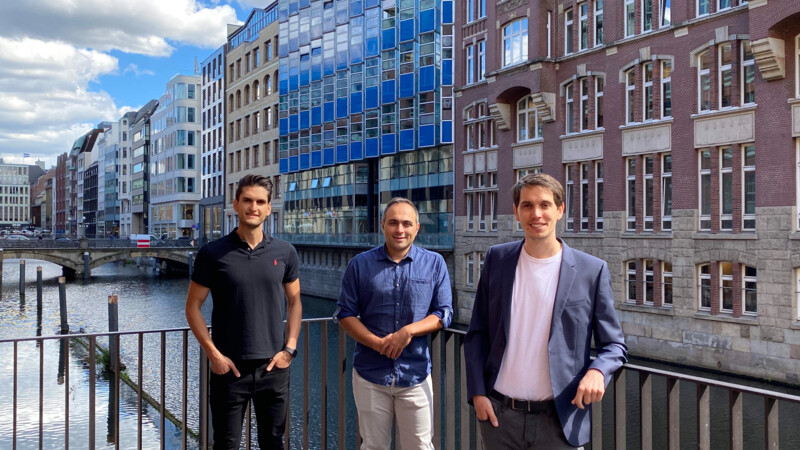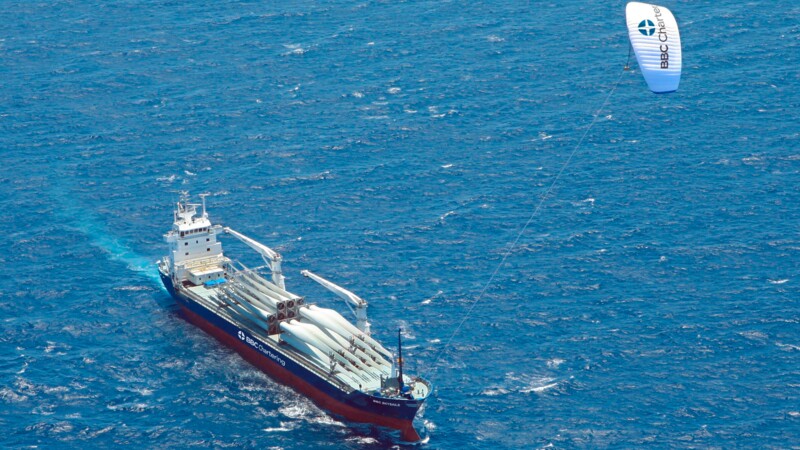Ship propulsion by wind has been undergoing a revival in view of hazardous chemicals in the ship's paint, alien organisms in the ballast water as well as the discharge of wastewater and waste into the sea. Oil spills and a cacophony of ship sounds also have a detrimental impact on the marine environment. But the exhaust fumes emitted by gigantic engines running on poisonous heavy fuel oil cause the most problems.
Shipping accounts for some 2.6 per cent of climate-damaging CO2 emissions and in 2015, these amounted to around 932 million tons - more than Germany emits every year. But CO2 is the least problematic. Sulphur dioxide swirls from the chimneys of the gigantic ships, some of which are over 300 metres in height, causing acid rain and damaging people’s mucous membranes. Nitrogen oxides that irritate the respiratory tract and cause smog are also given off. Particulate matter gets into the airways and cause dangerous lung diseases and cancer. Catalytic converters like those in cars or lorries are "practically non-existent on ships", said Daniel Rieger, Head of Transport Policy at the German Society for Nature Conservation (NABU).





